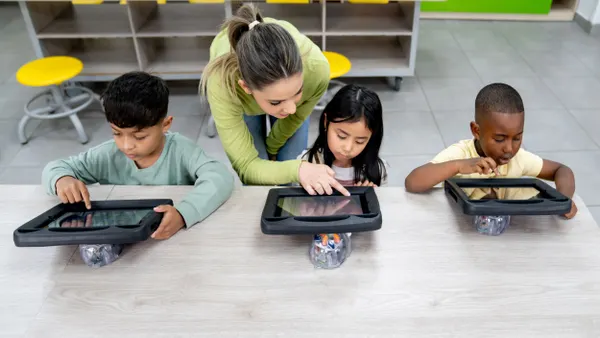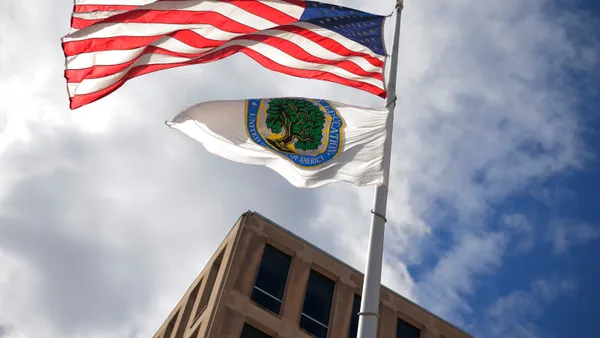Dive Brief:
-
In an effort to fully prepare educators to work with tech in the classroom, Newport News Public Schools in Virginia holds a two-day "iNNovate Conference" event for its 600-plus faculty members and staff. The conference, to be held Aug. 7-8, gives teachers a chance to explore classroom tech systems and ask questions before the school year starts.
-
The conference includes sessions on student learning experiences on how administrators can use tools to maximize time and on how classroom culture relates to students being receptive to instruction.
-
Planning for the iNNovate Conference began in the fall of 2016 when teachers and administrators expressed interest in learning more about the technology that was available in the classroom and how to use it. “We could clearly see that they wanted more time and opportunities to learn about new technologies and to authentically engage our students in real-world learning experiences,” said Billie Hart, the district's supervisor of instructional technology.
Dive Insight:
That was the same year the district implemented Google Suite for Education in all schools, which prompted the requests for training and professional development. Though each school has a designated instructional technology coach, it was difficult to find time during the school year to train teachers to integrate the technology into practice.
“We decided to plan a two-day learning event in August that would help us start the year in a positive and exciting way for all of our staff,” Hart said. “Participants were able to take their new learning and immediately apply it since it was the beginning of the school year.”
The conference has grown to include over 100 sessions and is reaching more than 750 employees.
“The feedback from prior events indicates that our participants appreciate the opportunities to choose the sessions in which they are interested,” Hart said. “The instructional technology coach team works together to ensure participants have success when implementing the new strategies in the classroom once school starts.”
The sessions are followed up with a one-on-one coaching cycle and additional professional development (PD) sessions.
“This is not the traditional sit-and-get professional development,” Hart explained. “Presenters were asked to model what we want our students to be doing in class and that is to be an active participant in their learning.”
Though the conference began as a tech-focused event, it has since evolved to include PD on student learning experiences. One looks into how some boys struggle in academic settings and another focuses on the benefits of visual representations in mathematics. Teachers learn, for example, about research showing that when preschoolers work with numbers on a number line in 15-minute increments, learning gaps between students from low- and middle-income families disappear.
“When we use the lens of instruction and student learning outcomes to analyze the technology we are using, we ensure that the tool is appropriate and relevant,” Hart said. “By reaching out to other departments and school-based staff, we have made sure the content being shared presents the needs of all the district’s staff and puts students at the forefront, not technology.”












